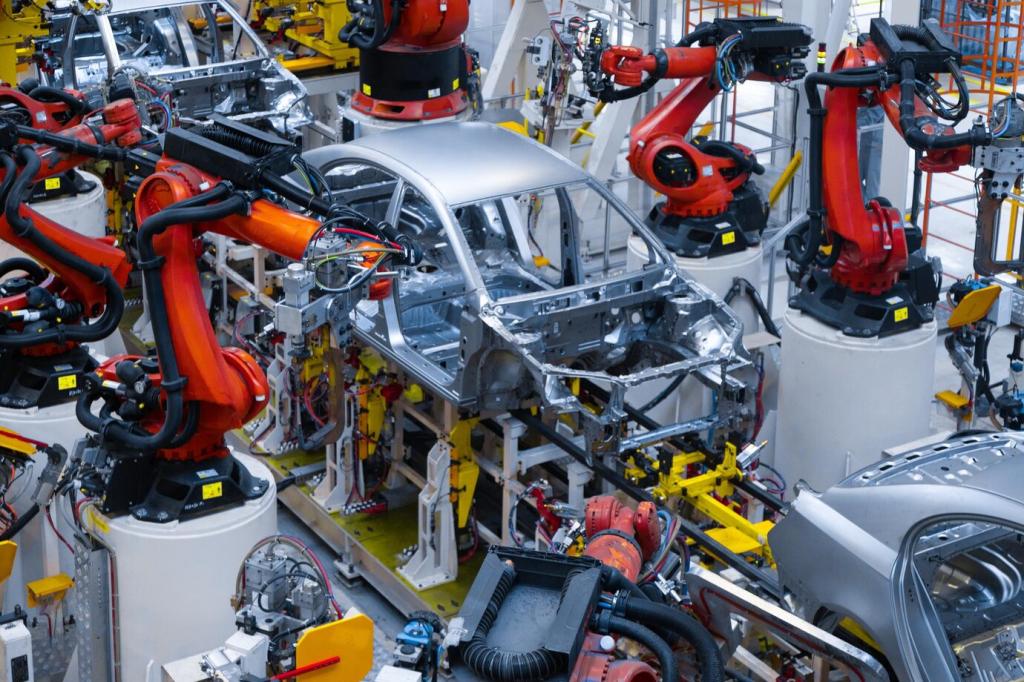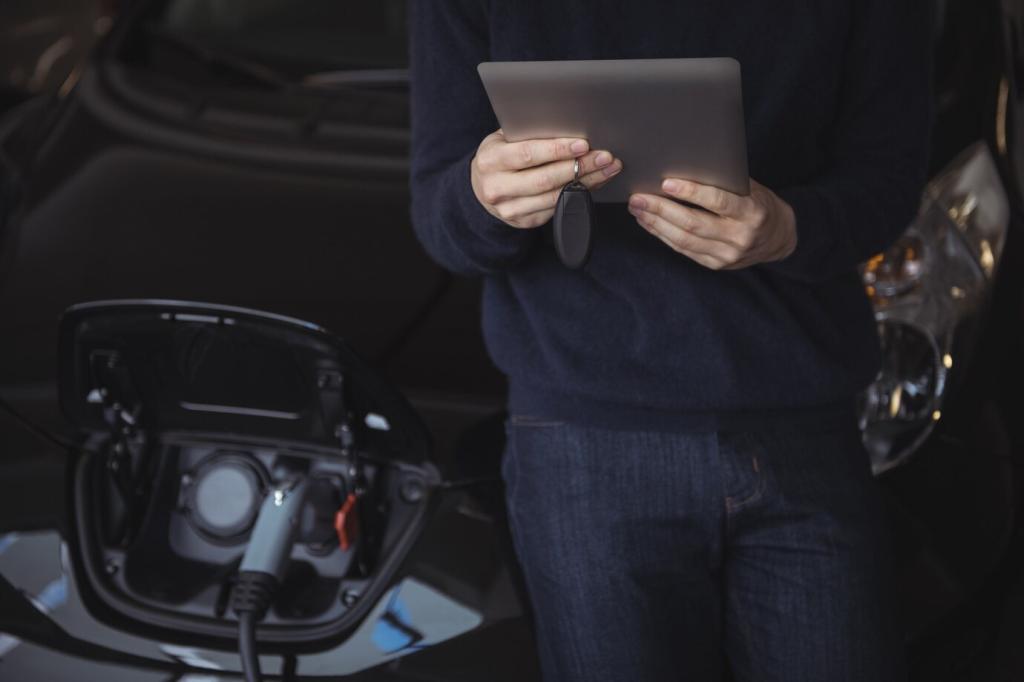The Future of Automotive Technology: Key Trends to Watch
The automotive industry is at a pivotal moment, with rapid innovation reshaping every aspect of transportation. The convergence of connectivity, environmental consciousness, automation, and digital transformation is redefining the way vehicles are designed, built, and experienced. The road ahead is defined by smarter, safer, and more sustainable automobile technologies that promise to transform lives and economies. As we look to the future, four key trends stand out, each loaded with potential to revolutionize how people commute, travel, and interact with vehicles. Understanding these emerging advancements is essential for anyone investing in, working within, or simply intrigued by the next generation of mobility.
Electrification and Sustainable Mobility
As EV adoption continues to surge, the quest for more efficient, affordable, and sustainable batteries is intensifying. Researchers and manufacturers are investing heavily in solid-state batteries, which offer higher energy density, faster charging times, and improved safety over traditional lithium-ion cells. These advancements could address key pain points such as “range anxiety” and long recharging periods, helping to make electric vehicles more accessible to mainstream consumers. Additionally, efforts to reduce reliance on rare and costly materials in battery production are vital for the industry’s environmental and economic sustainability, paving the way for cleaner, energy-dense alternatives that support mass-market EV rollout.
The future of automotive technology demands a robust, widely accessible charging network that can handle millions of electric vehicles. Urban areas, highways, and even rural communities are seeing investments in high-speed charging stations, wireless charging pads, and innovative solutions like battery swapping. Integrating renewable energy sources with charging infrastructure further enhances the sustainability of the EV ecosystem. The rapid evolution of charging networks is not only about convenience but also about enabling seamless long-distance travel and supporting broader adoption, making range limitations and long charging times concerns of the past.
Automakers are reimagining vehicle production by embracing eco-conscious manufacturing processes and materials. From recycled plastics and bio-based composites to closed-loop supply chains, the industry is committed to reducing its environmental footprint. Advanced manufacturing techniques, such as 3D printing and digital twins, optimize resource use and minimize waste. Implementing sustainable practices across supply chains is crucial for compliance with global environmental standards and for building consumer trust. By integrating sustainability at every stage, manufacturers aim to deliver vehicles that not only perform efficiently but also tread lightly on the planet.


Connected and Smart Vehicle Ecosystems
Vehicle-to-Everything (V2X) Communication
V2X technology revolutionizes road safety and efficiency by enabling vehicles to share information with each other and surrounding infrastructure in real time. Cars can exchange data about traffic, accidents, weather, and road conditions, allowing drivers—and eventually, autonomous systems—to respond proactively to potential hazards. As 5G and edge computing become widespread, V2X communication will power features like coordinated traffic management, platooning, and dynamic routing. The result is a smarter, more responsive transportation network that adapts immediately to changing conditions and unlocks new levels of urban mobility.
In-Car Infotainment and Personalization
The integration of digital assistants, voice recognition, and cloud-based services has transformed the driving experience beyond mere transportation. Modern infotainment platforms offer seamless connectivity with smartphones, access to streaming media, navigation aids, and personalized apps that cater to both drivers and passengers. Future in-car systems are expected to anticipate user preferences, adjust climate and seat settings, and even suggest destinations or pit stops based on learned behavior. This leap toward personalization not only enhances comfort and enjoyment but also positions vehicles as extensions of digital lifestyles.
Predictive Maintenance and Remote Diagnostics
Connected vehicles continuously monitor their own health, creating opportunities for predictive maintenance and remote diagnostics that minimize breakdowns and repair costs. Telematics systems analyze real-time data from engines, brakes, and sensors to detect wear or malfunction before they escalate. Service alerts and software updates can be delivered over the air, optimizing vehicle uptime and owner satisfaction. This proactive approach transforms traditional maintenance, ensuring longevity while reducing environmental impact through smarter scheduling of repairs and parts replacement.

